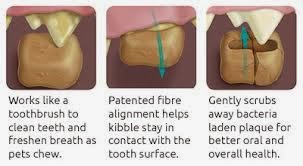 | |
| That's a head scratcher. What is atopy? |
What is atopy?
 |
| Not only do I sting, I'm covered in pollen! |
 |
| Kitties can chew their fur off when they're itchy. |
Common allergens vary from place to place, but in the Las Vegas valley, they include tree pollens (olive, mulberry, pine etc), grass pollens and weed pollens, molds, and dust mites. . Others, such as molds, mildew and house dust mites are year-round problems.
 |
| Yes, you can actually see pollen flying off this pine tree. Yay! |
One of the most important preventative for atopic disease is to minimize your cat's exposure to things he is allergic to. For example, if a cat is allergic to pollen, he should be kept inside with the windows closed when pollen counts are high or the grass is being mowed. Air filters or purifiers also help remove many airborne allergens to keep the home environment clean.
Other treatment options are chosen based on the severity of your cat's allergy symptoms and the length of his allergy season.
If you suspect your cat has allergies, you should see your veterinarian. Veterinarians will usually make a preliminary diagnosis and treatment plan based on the following information: seasonality of symptoms, duration of symptoms and areas of the body affected.
Treatments can include bathing in medicated shampoos, anti-inflammatory medications (eg antihistamines, corticosteroids and other immunosuppressants), treating skin infections and possibly allergen desensitization.
 |
| Intradermal skin testing |
If itching or other signs do not improve with symptomatic therapy, a trip to your veterinary dermatologist may be in order. The dermatologist is able to perform more sophisticated allergy testing on kitty that can pinpoint the worst allergen offenders. Based on the testing, kitty can go through a desensitization program to reduce their response to allergens. The program might include injections, but frequently is only oral drops. The desinsitization does not necessarily eliminate the signs of allergies, but should make them much less severe and controllable.
As always, contact your veterinarian to make the appropriate plan for your furry feline pal!
 |
| Who you callin' furry, "pal"? |































